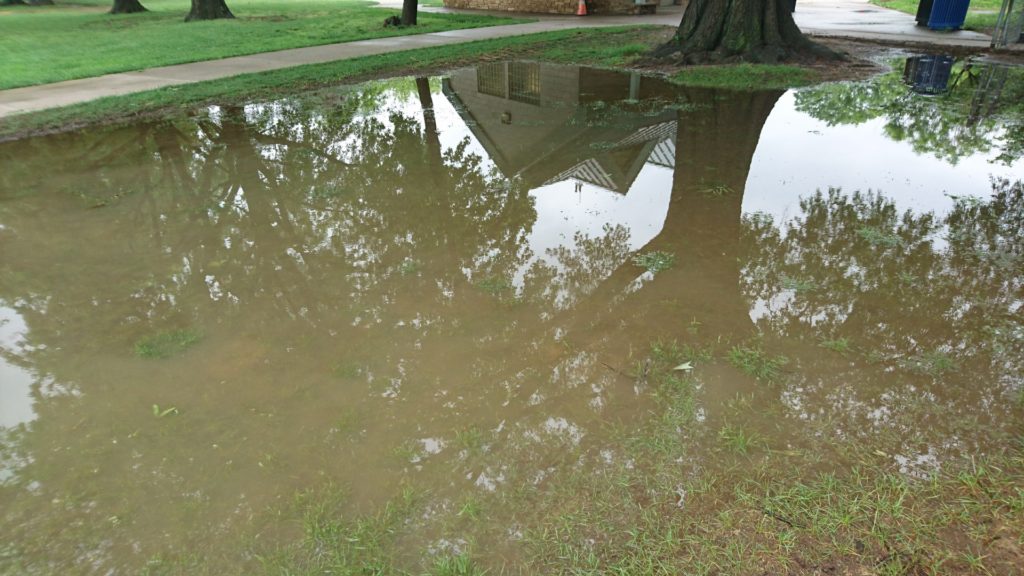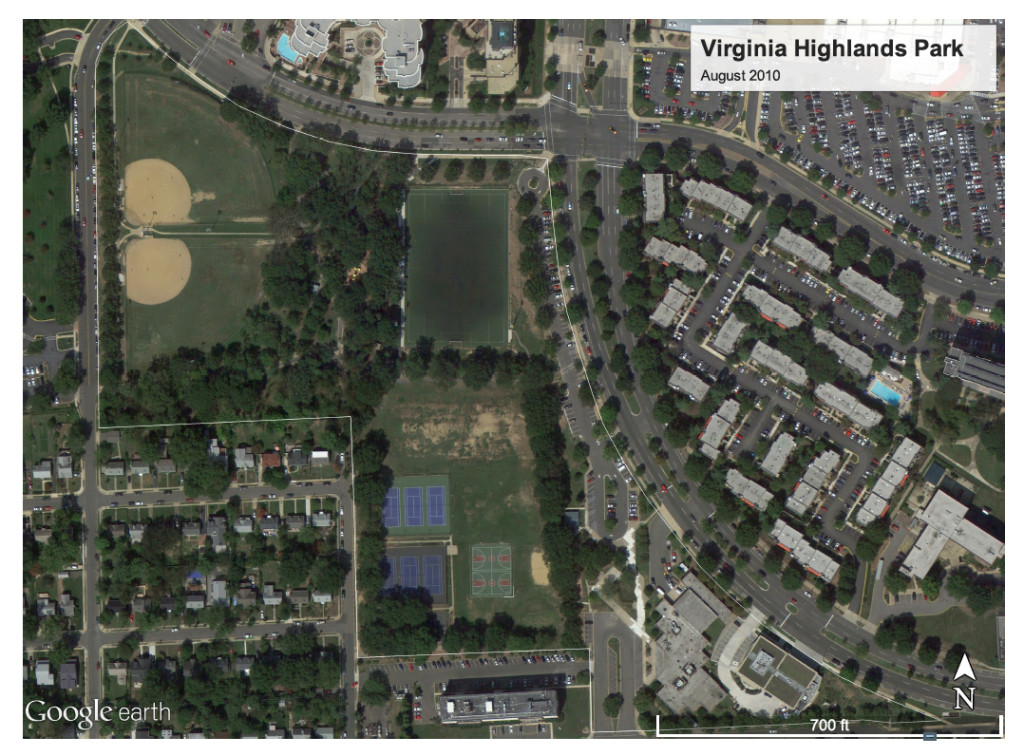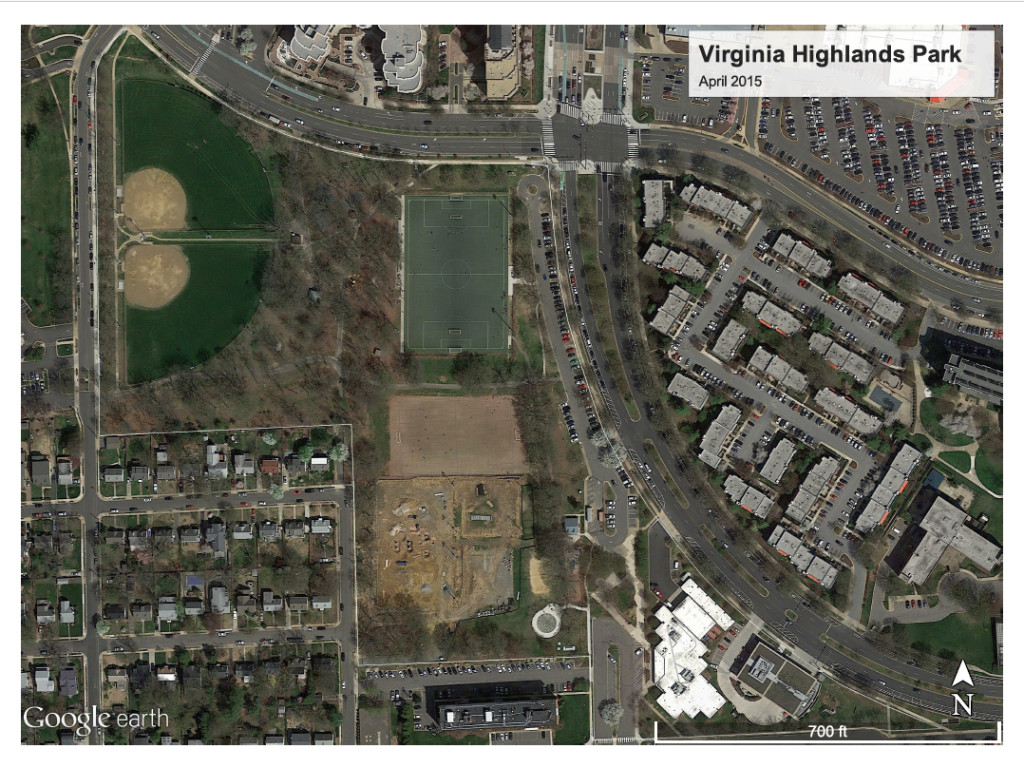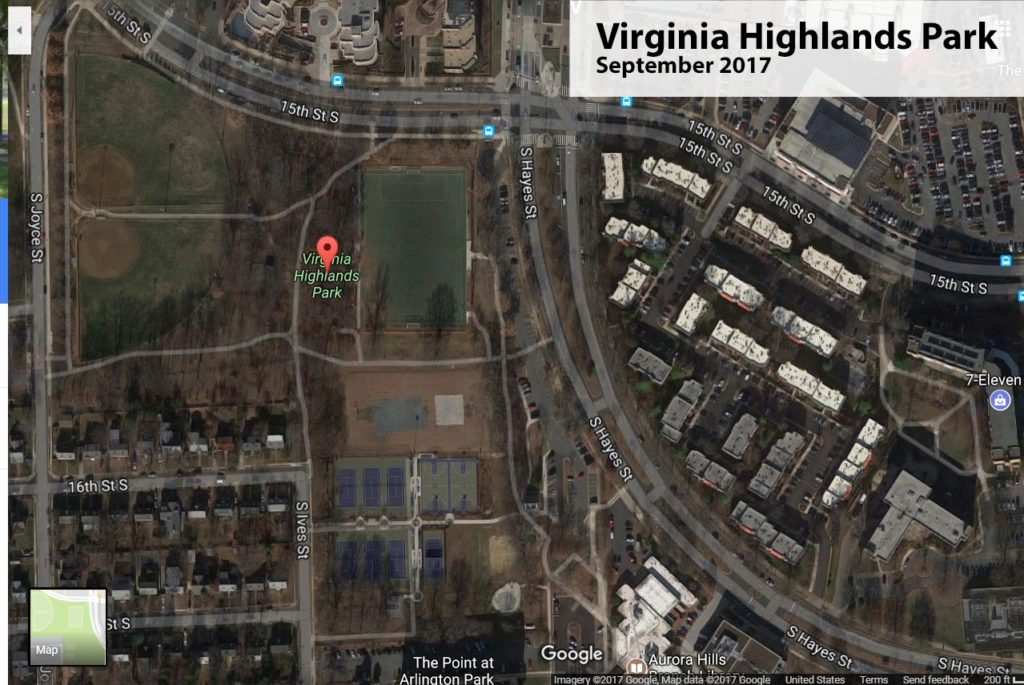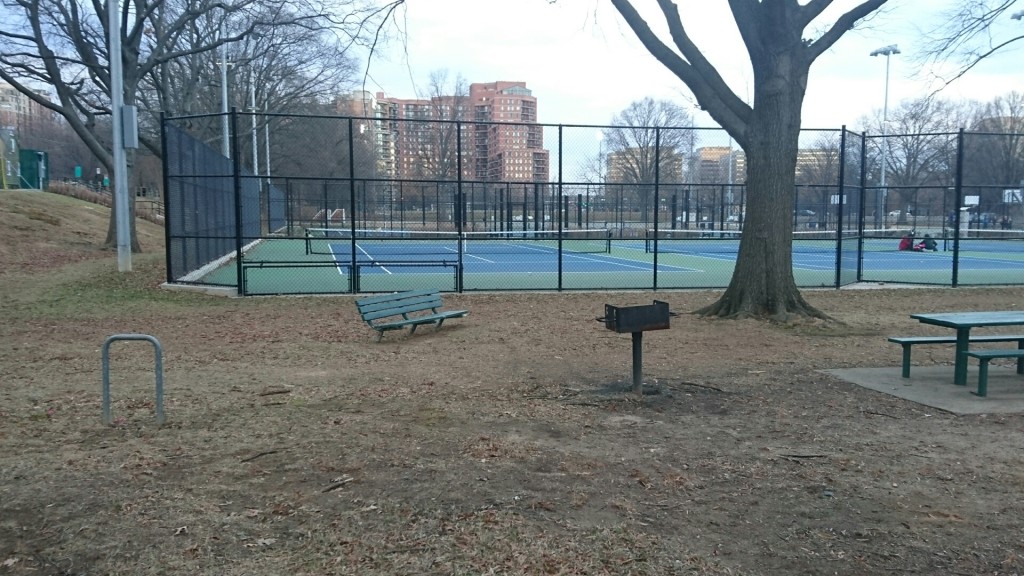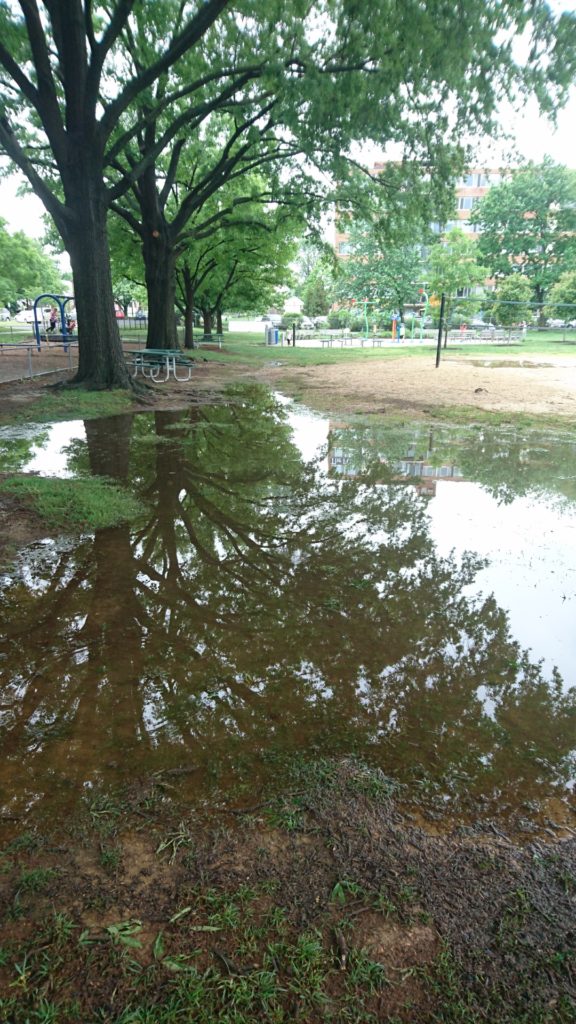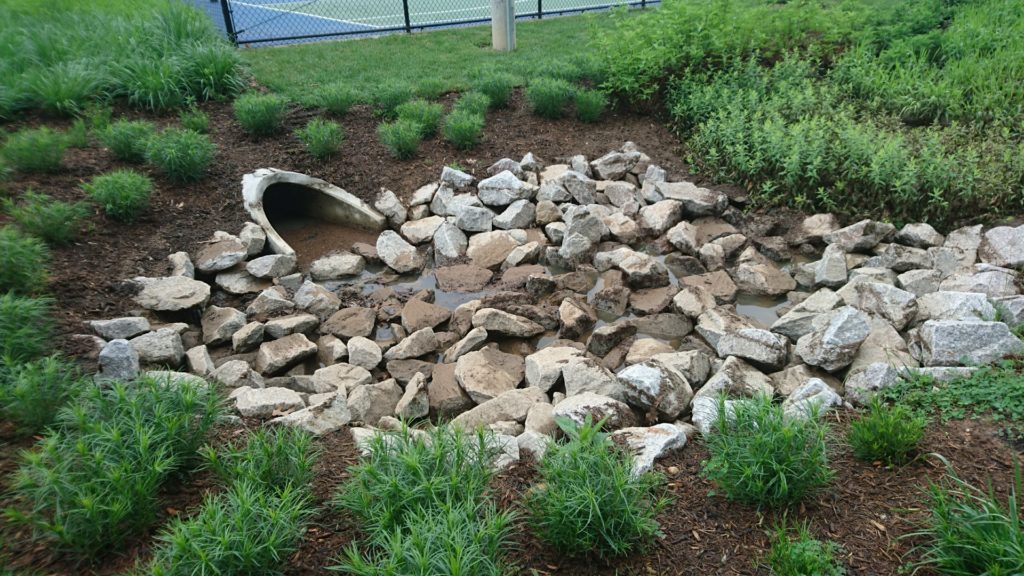Virginia Highlands Park Capital Improvement Project (CIP) appears to have violated nearly every definition of what constitutes an Arlington CIP project, including environmental damage, ordinances, and excluding/extremely limiting community engagement by calling it a “maintenance” project.
—————————————–
CIP Maintenance projects do not include any kind of significant foot print expansion nor disturbance of land and therefore would not trigger the environmental regulations.
Arlington’s CIP Maintenance projects contain:
- Significant land disturbance
- Major impervious surface added
- Prolonged park access and facilities out of commission
- Increased deteriorated storm water conditions
Without any legal exemptions cited, it appears that County departments are self-exempting these projects from:
- Chesapeake Bay Regulations/Storm Water Runoff
- Environmental Assessments
- Review and oversight by Arlington Commissions (Parks and Recreation Commission, Environmental and Energy Conservation Commission, Urban Forestry Commission…)
- Transparent public and community review. (Communities are not having any input into projects because they are supposed to be “maintenance”)
Arlington County with Virginia Highlands Park are possibly in violation of 3 major areas(Chesapeake Bay Regulations/Storm Water Runoff, Environmental Regulations/Assessments, CIP Maintenance guidelines) which affect tax-payer funds, transparency, accountability and contain laws with penalties.
Chesapeake Bay Regulations:
- Storm water run off regulations occur when there is 2,500 sq ft+ of land disturbance.
- The area of land disturbance during VHP project is over 100,000 square feet (2 ¼ acres) and is a complete construction site as clearly seen in this April 2015 Google Maps image.

- Result: Not adhering to the regulations which carry significant penalties. Arlington residents much adhere to these regulations.
Environmental assessments: Admin Reg 4 4 _2_ 4.4
- Environmental assessment occurs if 5,000 sq ft + of impervious surface is added.
- 15,000-20,000 sq feet of impervious surface was added over open, natural parkland.
Before and after with the addition of nearly 20,000 sq feet of impervious surfaces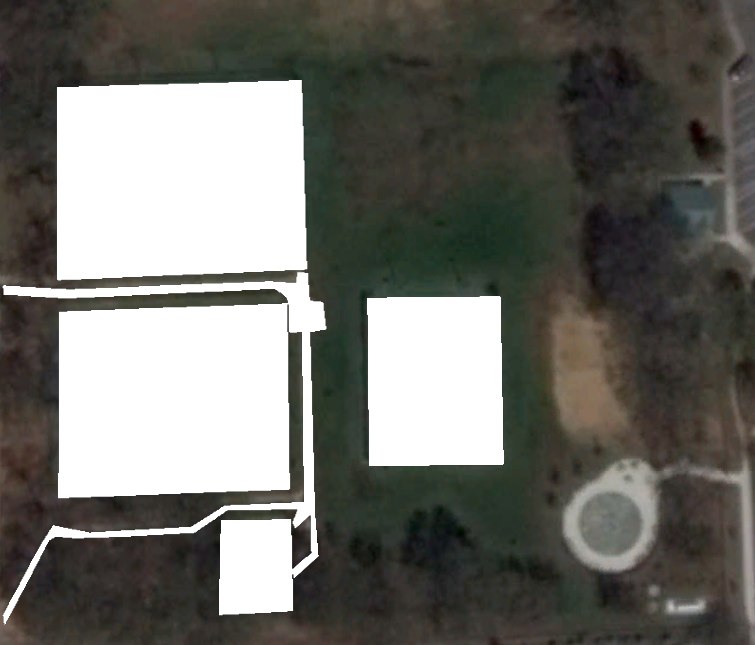

- Result: DPR is not performing proper outreach and has not oversight within the County.
Maintenance Capital Program:
- MC funds programs that consist of non-expansion projects. Non-expansion projects are those that do not change a footprint of a building, expand a current asset, provide resources for services not already being undertaken, or increase the operating budget once complete.
- Land disturbance is over 100,000 square feet (2 ¼ acres), went over foot print by nearly 20,000 square feet. Added a new facility.
- Result: DPR is funding projects that are well outside of the guidelines
Regulations & Possible Violations
DPR Staff’s Explanation
“An Environmental Assessment was not completed for the recent Capital Maintenance Project that renovated the courts and gardens. Capital maintenance replacement projects are either exempted or categorically excluded from Environmental Assessments according to Arlington County Admin Regulation 4.4. “
Christopher Willett <cwillett@arlingtonva.us Fri, 28 Apr 2017 13:05:13
CIP Maintenance Definition
“Maintenance Capital (MC) The Maintenance Capital program is designed to protect County assets from premature failure and to minimize and eliminate unnecessary risks and loss to the County. An effective MC program ensures that existing capital assets are maintained in reliable, serviceable condition without requiring capital appropriations that vary significantly from year to year.
MC funds programs that consist of non-expansion projects. Non-expansion projects are those that do not change a footprint of a building, expand a current asset, provide resources for services not already being undertaken, or increase the operating budget once complete. For example, the Paving Program is funded to maintain the condition of Arlington roads, but it would not fund the construction of new turn lanes or travel lanes. Another important aspect of a MC program is that projects must significantly extend the life of the asset and meet the criteria for a capital project. Repainting individual offices (as a program) may add to the life of an asset, but it would not meet the criteria of a capital project. Painting buildings, on the other hand, would be fundable as a component of a MC project.
Storm water run-off
County-Code-61-Chesapeake-Bay-Preservation-Ordinance
§ 61-10. General Performance Standards for Development in Chesapeake Bay Preservation Areas
( E) Notwithstanding any other provisions of this chapter or exceptions or exemptions thereto, any land disturbing activity exceeding two thousand five hundred (2,500) square feet, including construction of all singlefamily houses, shall comply with the requirements of Chapter 57 – Erosion and Sediment Control Ordinance and Chapter 60 – Stormwater Management Ordinance.
(The area of land disturbance during VHP project is over 100,000 square feet (2 ¼ acres) and is a complete construction site as clearly seen in this April 2015 Google Maps image.)
Virginia Highlands Park Permit:
Request for and rejection twice of permit because of storm water runoff missing documents.There is a “waiver” of some kind citing something with Storm Water Runoff and that it is not needed per “Seth Edwards. County Project” followed by an approval of the permit.
DES: SWM Maint. Agreement
09/03/2014 Approved
Permit for Virginia Highlands Park (Highlighted section of waiver)
VHP Permit Comments _ CPHD _ Arlington, VA highlighted
Chesapeake Bay Ordinance
Chesapeake Bay Ordinance; Summary of Penalties:
- Any building erected or improvements constructed contrary to any of the provisions of this chapter and any land disturbing activity regardless of area contrary to any of the provisions of this chapter and any removal of vegetation in Chesapeake Bay Preservation Areas contrary to any of the provisions of this chapter shall be and the same is hereby declared to be unlawful.
2. Any person, whether owner, lessee, principal, agent, employee or otherwise, who violates any of the provisions of this chapter, or permits any such violation, or fails to comply with any of the requirements hereof, or who erects any building or uses any building or land in violation of the provisions of this chapter shall be subject to the enforcement provisions of this chapter.
§ 61-18. Penalties
Any person who (i) violates this chapter or (ii) violates or fails, neglects, or refuses to obey any Arlington County final notice, order, rule, regulation, or variance or permit condition authorized under this chapter shall, upon such finding by an appropriate circuit court, be assessed a civil penalty not to exceed five thousand dollars ($5,000.00) for each day of violation. Such civil penalties may, at the discretion of the court assessing them, be directed to be paid into the
Stormwater Management Fund in the Treasury of Arlington County for the purpose of abating environmental damage to or restoring Chesapeake Bay Preservation Areas, in such a manner as the court may direct by order except that where the violator is the County itself or its agent, the court shall direct the penalty to be paid into the State Treasury.
Environmental Assessments
Environmental assessments are a portion of the total information to be considered
in evaluating and project and are for the following purposes:
1. To make agencies undertaking projects aware of the potential
environmental impacts;
2. To provide residents of the County with information concerning potential
impacts of projects undertaken by the County and to provide a mechanism
by which citizens may raise environmental issues;
3. To provide a basis for weighing adverse environmental impacts against the
benefits of the proposed project; and
4. To incorporate design in County projects which may improve the
environment and/or will lessen adverse environmental impacts.
2.2 “Factors, if relevant, to be considered in the environmental assessment…(cont)
a. Alternatives to the project, including any impacts of not doing the
project.
b. Gain/loss of open space and impervious surface.
c. Storm water runoff, including downstream effects, erosion and
sediment control, and water quality… (cont)”
3.3 The criteria that must be met for exemption are:
a. No disturbance of existing vegetation which cannot be functionally replaced or substituted for during restoration. ( Park lost between 15-20k sq feet of open, natural parkland to pervious surface and increased court lighting)
b. No long-term source of noise, water or air pollution.
c. No prolonged impact to stormwater quality and no prolonged downstream impacts to the receiving stream.
d. No irreparable disturbance of the stream bed, or embankments potentially subject to erosion.
e. No impact on land subject to flooding or standing water. (While the park has history of flooding admitted by DPR in note, it is now much worse. There is significant land erosion occurring).
f. No impervious surface increase exceeding 5,000 square feet. (Project had nearly 20,000 square feet of impervious surface added)
g. No prolonged disturbance of parks or recreational facilities. (Project took approximately 1 year to complete)
3.4 Any projects not satisfying the criteria listed in 3.2 or 3.3 must have an environmental assessment. (As noted many listed criteria were not satisfied. No exemptions are applicable because it is a “CIP Maintenance” project)
Example of an Environmental Assessment: EA-Williamsburg-Field-Lighting-Draft-4-14-16
Example of a recent CIP Maintenance Project:
http://friendsofahparks.org/virginia-highlands-park/
2015-2016 The tennis courts are removed (as seen in satellite image), redesigned and expanded significantly and the loss of green space is nearly complete on the east side, plus an entirely new youth court is added.
Community was told this was maintenance only. They were not asked for input except for adding a youth hoop either in combination to or in the “existing” practice tennis courts.
Community and the park: Concerns about being pushed out, not funded and environmental issues worsened.
- No maintenance funding went to community needs such as benches or trees or community gathering spaces like grills or picnic tables.
- Maintenance funding went to a new sport court (not in the CIP Maintenance approved scope) electronic reservation machine, bleachers for the lower soccer field, 18 spectator benches seating added for the courts and new sport court lights were added.
- ADA INACCESSABILITY: The CIP Maintenance stated adding ADA in the park. However the only natural space on the east side with the only bench not for programmed spaces (seen in photo below) had its ADA accessibility REMOVED. See photo of bench below.
- Now ADA accessibility paths are for basketball courts, tennis courts and stairs, but there is no path into the remaining natural area.
The one bench on east side not facing recreation and was not replaced although it was totally unusable since it has sunk too low to the ground. To sit down on a bench on the east side you must be facing a playground or a sport court.
A rain garden is also added, but flooding is worse in many areas.
Huge disturbance to park space & use.
Finally, construction is impacting a huge area of the park.
The area of land disturbance is over 100,000 square feet (2 ¼ acres) and is a complete construction site as clearly seen in this April 2015 Google Maps image.
Figure 4: Site disturbance from Virginia Highlands Park athletic court reconstruction

